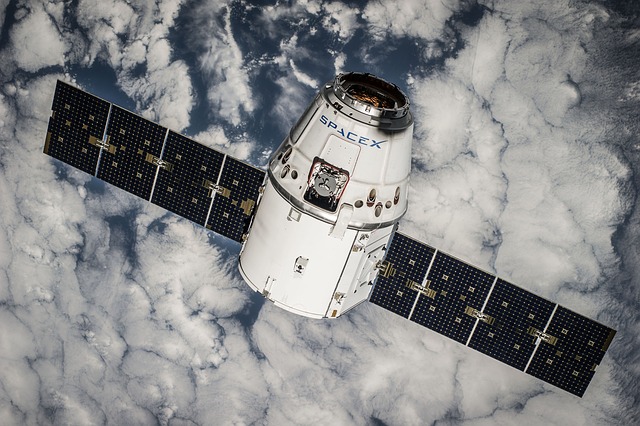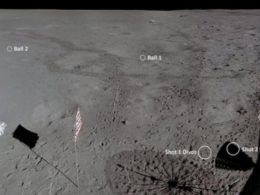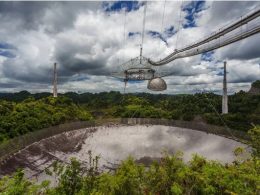SpaceX’s CRS-21 Dragon space vehicle has successfully ended its mission. After it left the International Space Station (ISS) on January 12, it splashed down off the coast of Florida about 36 hours later. It was initially supposed to leave ISS on January 11 but a change of plans was necessitated by bad weather, Spacenews reports.
The cargo space vehicle returned to Earth with approximately 2,000 kg of cargo including research materials from the ISS. When it was launched to space on December 6, the spacecraft took 3,000 kg of freight to the space station for the manned mission on the station.
The just-completed mission is the first mission to be performed by the new generation of SpaceX Dragon cargo spacecraft. The space vehicles can take more load and dock and unlock independently, easing the burden of NASA operatives.
Unlike the previous Dragon cargo spacecraft which dropped into the Pacific Ocean, the new generation is designed to splashdown in the Gulf of Mexico, west of Tampa Bay, making it easier to transport time-sensitive materials. For the just-completed mission, such materials were transferred to the appropriate quarters within six hours of the splashdown, Space writes.
The spacecraft is the second spacecraft bearing freight, to leave the ISS in the past weeks. Another cargo spacecraft, the NG-14 Cygnus, developed by Northrop Grumman departed from the ISS on January 6, three months after it arrived in the station. Unlike the Dragon spacecraft, that space vehicle has not reentered the Earth’s atmosphere. It is currently in orbit in space for experimental purposes and is due to arrive back on Earth on January 26.
“We are making great progress, and these activities with different spacecraft going in and leaving the station have become a normal thing for us now,” NASA’s acting ISS Director, Robyn Gatens, said.
There is a manned seven-member mission currently on the ISS. Four of the members of the crew are NASA astronauts that arrived at the station on November 17. The Crew-1 team met 3 crew members taken to the station by the Soyuz MS-17 spacecraft on October 21. Gatens said the crew is making headway in its research on the station, showing that the station can support more than the six crew members that it usually accommodates.
The manned mission’s termination date has not been fixed by NASA but Gatens stated that the mission is scheduled to end in about four months and the Crew-2 will be sent to the station to replace them.
The 2,000-kilogram cargo that the CRS-21 mission brought back includes heart tissue cells that were taken to the station for a test and a dozen bottles of red wine that were previously taken to the station in 2019. The wine and over 300 snippets from grapevines will be examined to determine the effect that the journey to outer space has had on them.
Source: spacenews.com









